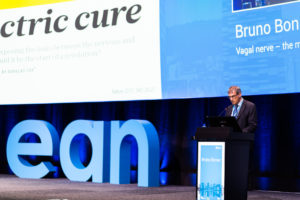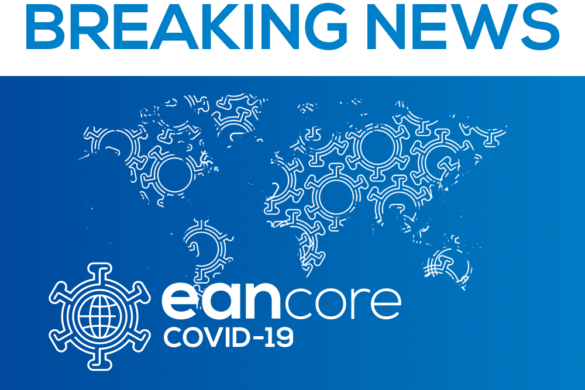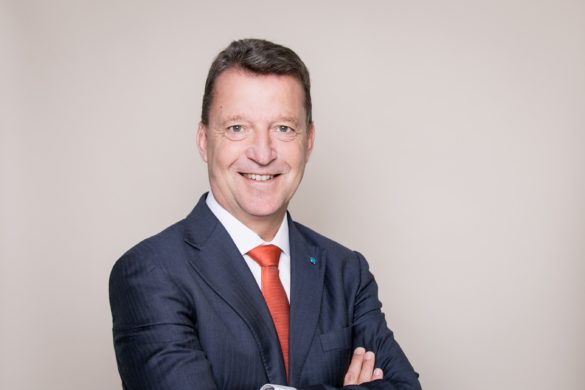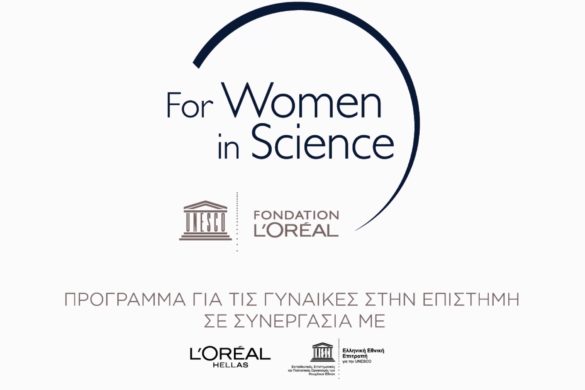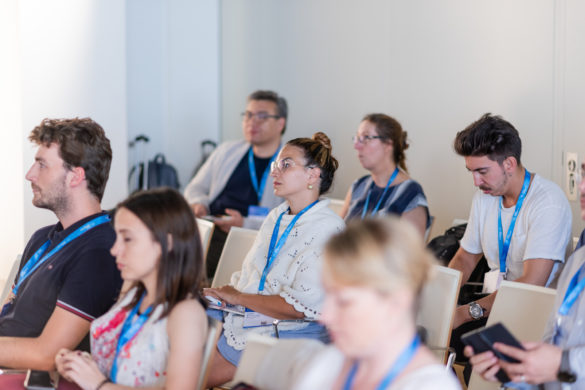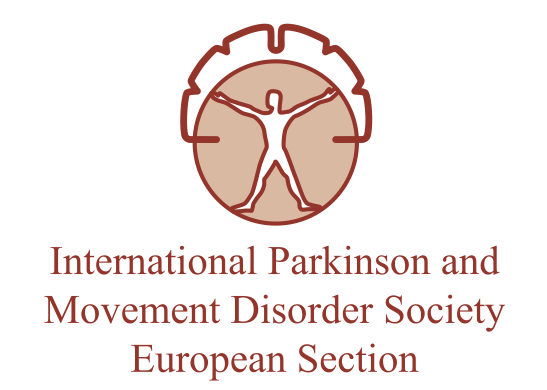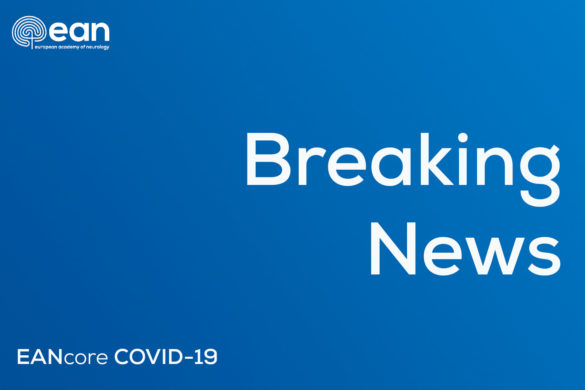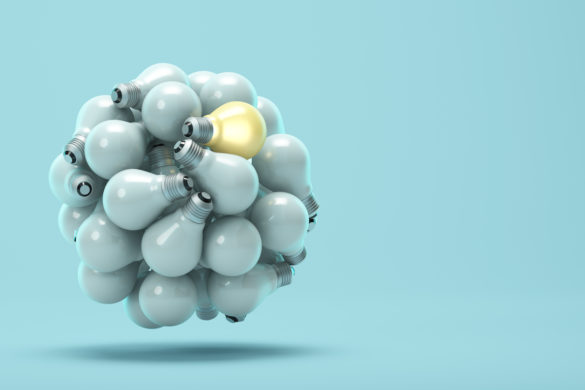Prof. Bruno Bonaz from Grenoble discussed the role of vagal nerve in the context of the gut-brain axis. It is very well known that the vagal nerve belongs to the parasympathetic nervous system and is a major component of autonomic nervous system. The vagal nerve has a dual role in the anti-inflammatory gut-brain axis with its afferent fibres via the hypothalamic-pituitary-adrenal axis and its efferent fibres via the cholinergic anti-inflammatory pathway. This lecture highlighted the anti-inflammatory role of vagal nerve and the potential treatment options including vagal nerve stimulation (VNS). He discussed the clinical application of low frequency (10 Hz) VNS for inflammatory bowel diseases, rheumatoid arthritis, post-operative ileus, gastroparesis, psoriasis, Parkinson’s disease and stroke.
Prof. Paul Krack from Bern presented the behavioural disturbances related to deep brain stimulation. The first part of his talk was focused on the effect of subthalamic nucleus (STN) -DBS on the behavioural disturbances of Parkinson’s Disease (PD). Prof Krack discussed several studies showing that STN-DBS improved behavioural fluctuations as well as impulse control and related disorders in PD. The second part of the lecture gave an overview about the current application of DBS in neuropsychiatric disorders. In particular, he showed evidences that chronic stimulation of white matter tracts adjacent to the subgenual cingulate gyrus is associated with a striking and sustained remission of treatment-resistant depression. Antidepressant effects have been associated with a marked reduction in local cerebral blood flow as well as changes in downstream limbic and cortical sites. Additionally, DBS of the Ventral Anterior Limb of the Internal Capsule as well as Superolateral Medial Forebrain Bundle are other targets to treat treatment-resistant depression. STN and Nucleus Accumbens are DBS targets with significant efficacy in the treatment of the Obsessive-Compulsive Disorder. Prof. Krack gave an update about the current results of the DBS in patients with Tourette’s Syndrome.
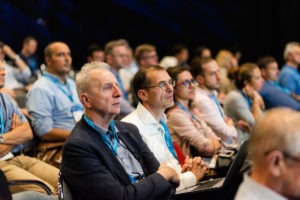 Prof. Kristl Vonck from Ghent presented the current application of adaptive neurostimulation in epilepsy. It is well known that seizure activity is detected by ictal heart rate increase triggering stimulation. Seizures might be aborted by neurostimulation. Recently, studies have focussed on adaptive stimulation allowing circadian variation of stimulation parameters and stimulation patterns. Prof. Vonck discussed different technique of stimulation for epilepsy including vagal nerve stimulation, anterior nucleus DBS, responsive neurostimulation. The core of the lecture was focused on the closed-loop neurostimulation in epilepsy. This type of neurostimulation is automated (adaptation) of stimulation and is in response to detectable physiological changes. Principle advantages of this neurostimulation are reduced side effects, increased efficacy, increased battery life and it is disease/symptoms specific.
Prof. Kristl Vonck from Ghent presented the current application of adaptive neurostimulation in epilepsy. It is well known that seizure activity is detected by ictal heart rate increase triggering stimulation. Seizures might be aborted by neurostimulation. Recently, studies have focussed on adaptive stimulation allowing circadian variation of stimulation parameters and stimulation patterns. Prof. Vonck discussed different technique of stimulation for epilepsy including vagal nerve stimulation, anterior nucleus DBS, responsive neurostimulation. The core of the lecture was focused on the closed-loop neurostimulation in epilepsy. This type of neurostimulation is automated (adaptation) of stimulation and is in response to detectable physiological changes. Principle advantages of this neurostimulation are reduced side effects, increased efficacy, increased battery life and it is disease/symptoms specific.
Prof. Jens Volkmann from Würzburg, provided an update on technological advances of neurostimulation for movement disorders. He started with an overview about technical details of DBS. Then, he discussed the neurophysiopathology of PD including the role of beta oscillations. Prof Volkmann discussed the mechanisms of oscillopathies. He went through the role of STN-DBS in Parkinson’s Disease, GPi-DBS in Dystonia and Vim in tremor. Details of new generation of DBS systems were presented. The main aim is to find the system to de-synchronize pathological oscillations. The lecture was focused on adaptative brain stimulation triggered by beta oscillations in movement disorders. The physiological role of beta burst dynamics and the potential use of coordinated reset neurostimulation were highlighted.

